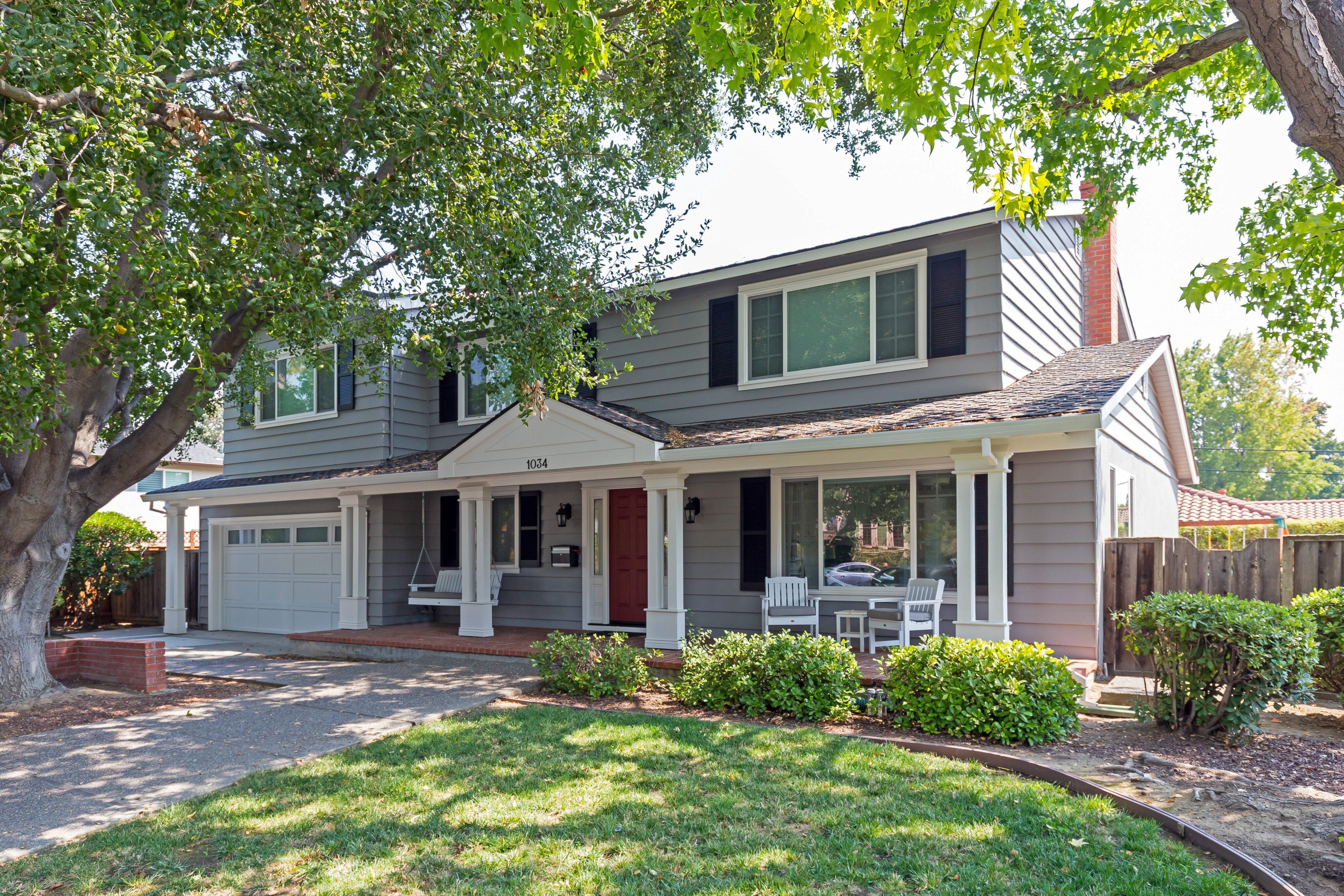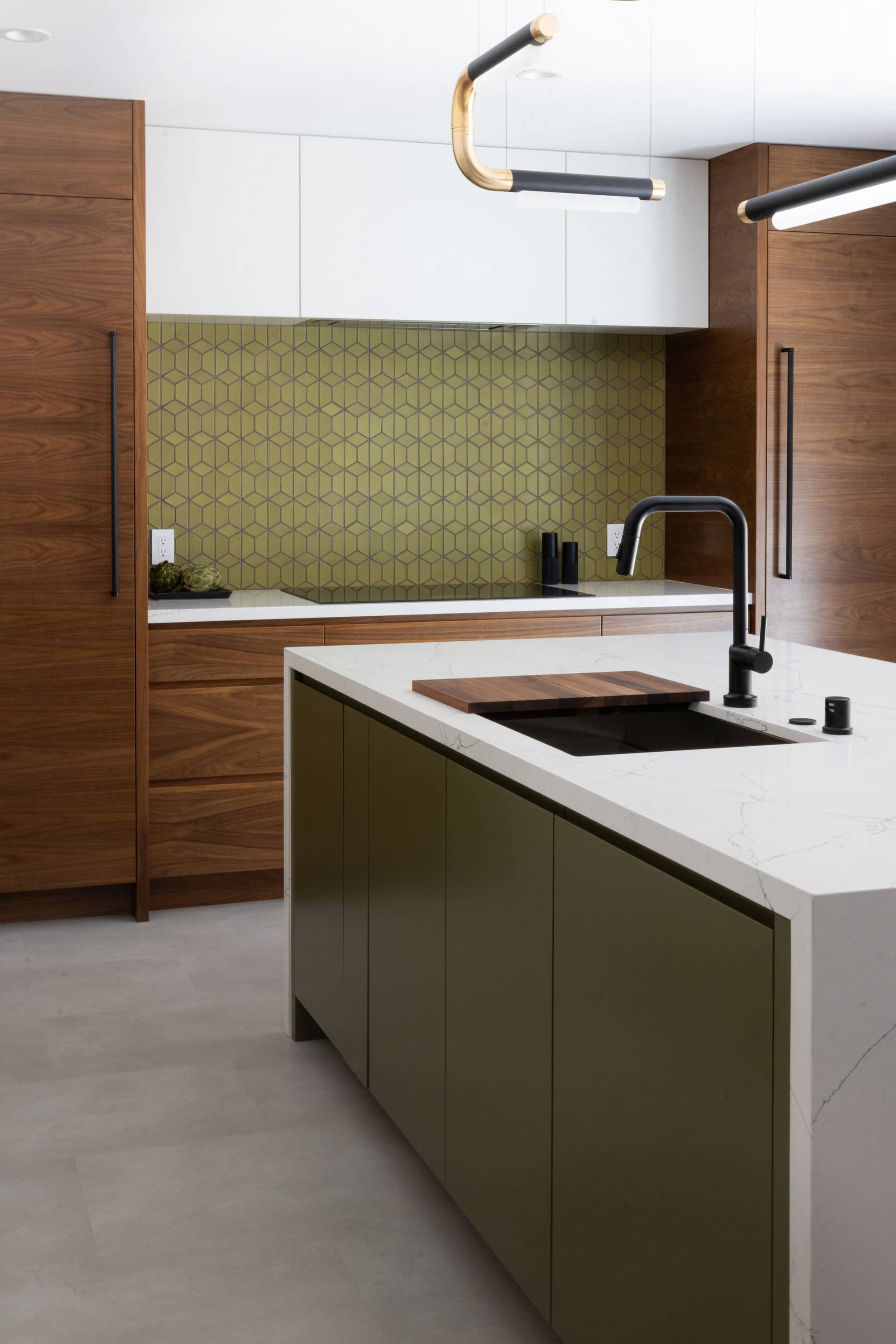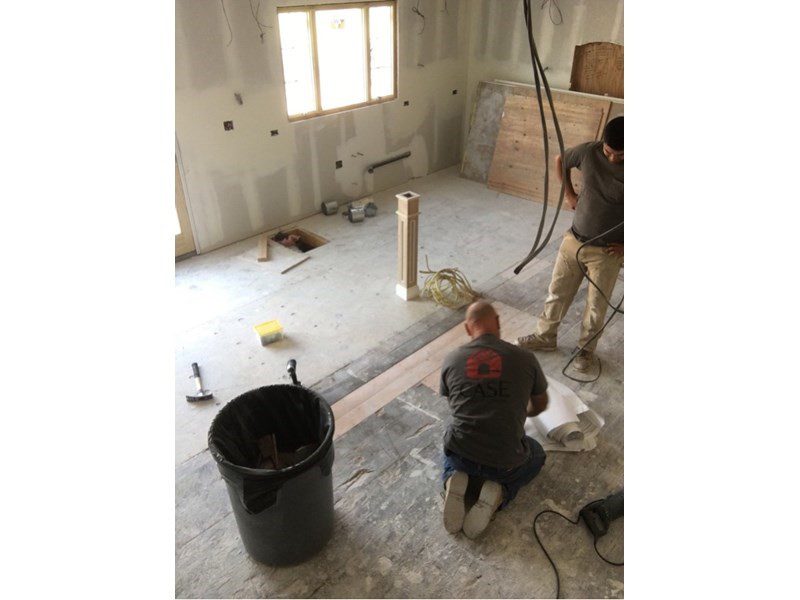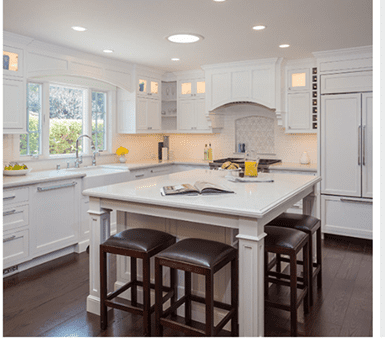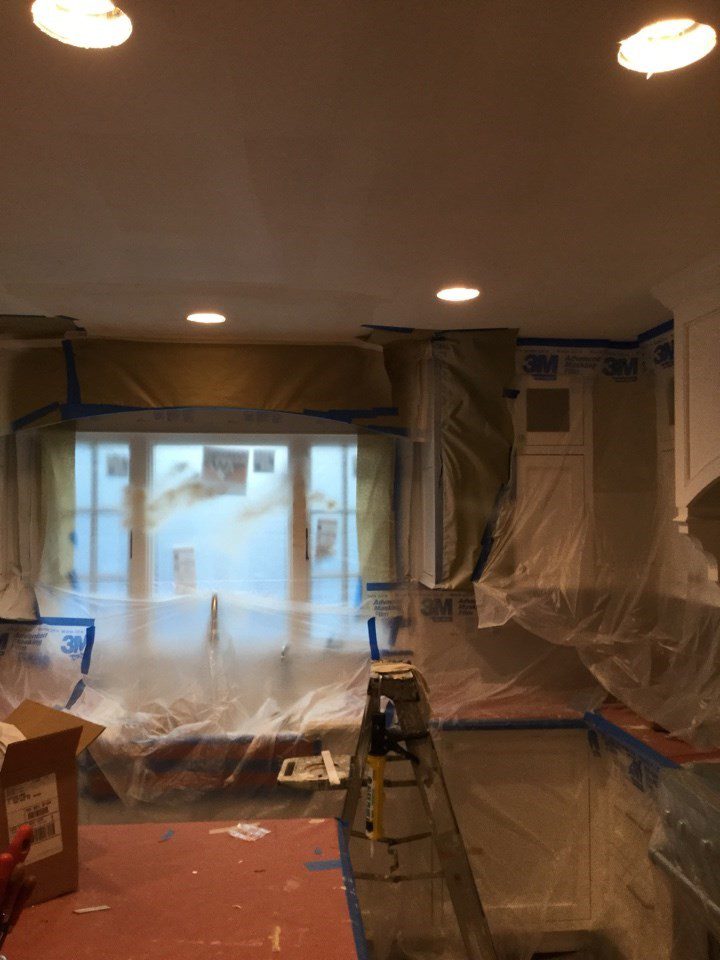Stay or go? That’s one of the biggest dilemmas of homeowners who are renovating their homes. Staying in your home is obviously cheaper and offers the huge advantage of putting your on location to supervise construction and answer questions. On the other hand, moving into temporary quarters gets you away from the noise, dust, and inconvenience of having part of your house be inaccessible. Sometimes the decision is easy: if you’re removing the roof or more than 50% of the house is involved in the renovation, it probably won’t be possible to stay.
It’s important to weigh all the factors in a decision. For example, renovating a house while living in it may seem more cost effective, but it could be more expensive in the long run if it will seriously slow down the pace of construction. Moving out can be a problem in terms of leases and costs if the project takes longer than expected.
If you decide to stay put, here are some tips on living in a house being renovated:
Control Access: Make sure you have a sealed-off, construction-free zone where you can escape the dust and noise. Agree in advance with your contractor about when and where the crew will be on the premises. Living in your house will be much pleasanter if you don’t have to worry about unexpected “visitors.”
Plan Ahead for a Kitchen Remodel: Kitchen remodels may be the most disruptive to family life since the kitchen is the heart of the home. Plan your project for the summer when you can cook and eat outside, and remember that you can do a lot with a hot plate, toaster oven, and microwave. Many families make and freeze dinners ahead of time, so they don’t have to rely on eating out too often. You can also make use of the old kitchen cabinets by having them removed to your new temporary kitchen location.
Whole House Remodel in San Jose
Plan Ahead for a Bathroom Remodel: This may seem obvious, but only renovate one bathroom at a time; don’t allow the contractor to start a new bathroom project until they are completely finished with the previous one. To ensure that the dust in the bathroom doesn’t creep into the house, ask the remodeler to close the door and open a window.
Control the Mess: The remodeler should put up plastic and lay runners on the floor to keep the “living” portion of your house clean. Be sure to establish how the contractor will clean up at the end of every work day; they can run portable scrubbers daily to get the dust and fumes out of the air. Turn off the HVAC system as often as possible (for example, when everyone’s away from home during the day) to prevent it from spreading the dust.
Prepare for Cleaning: Even when you prepare carefully, the constant dust and dirt can wear on you after a while. It might be worth it to hire a cleaning service occasionally. Another option would be to move out of the house until the sheetrock portion of the remodeling project is complete (usually about two-thirds in). This will save you one-third on your rental costs and keep you out of the house during the messiest phase.
Plan for Kids and Pets: Think ahead to whether the noise and presence of strangers will bother the pets—and develop a plan to handle it. Plan for keeping pets contained in a house with holes in it. Similarly, consider how to keep your children safely out of construction zones. When you’re making the decision whether to stay or go, remember that you can’t ask contractors (who you are paying hourly) to stop working while your child naps.
Considering a renovation? Contact Next Stage Design today!
